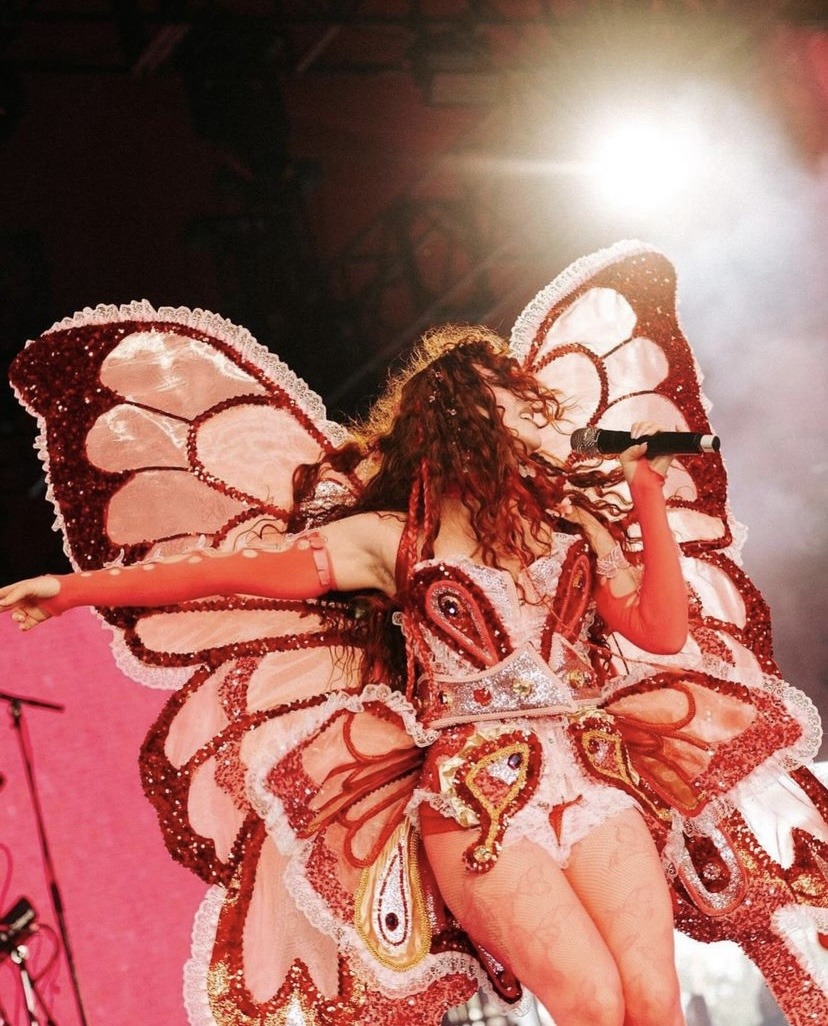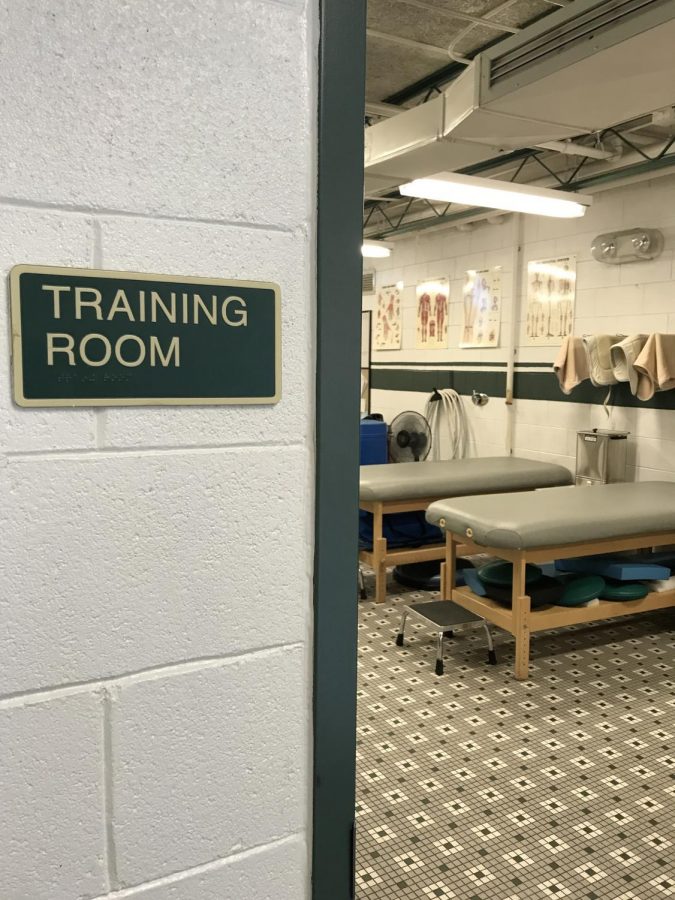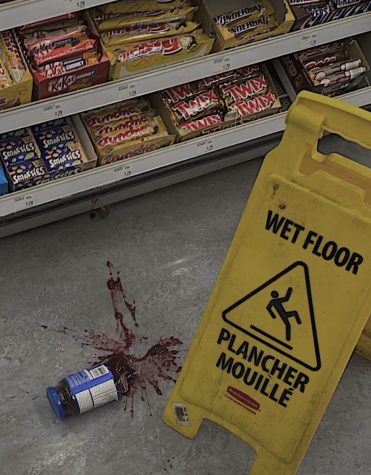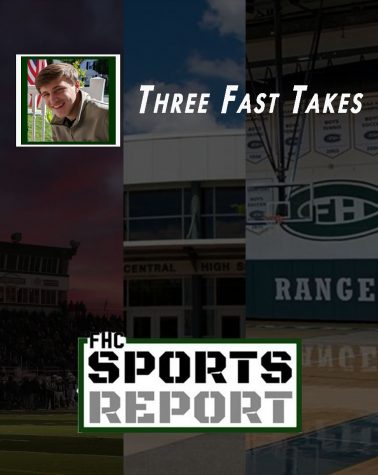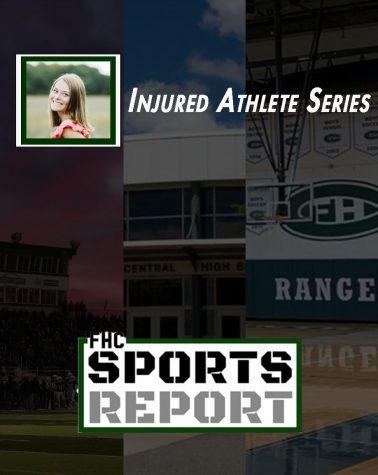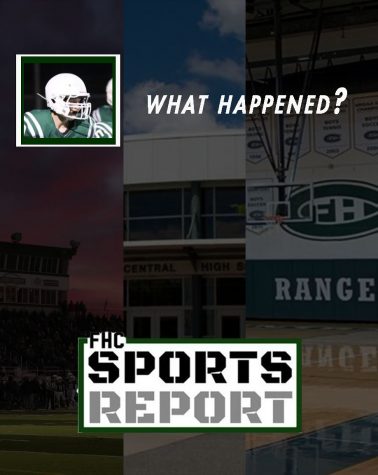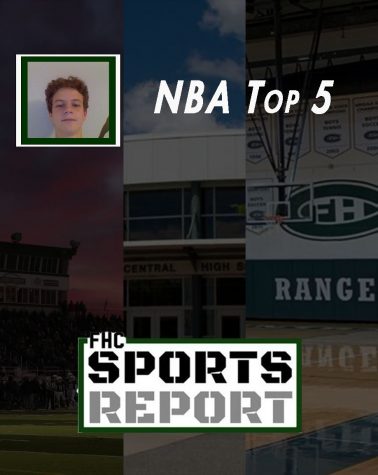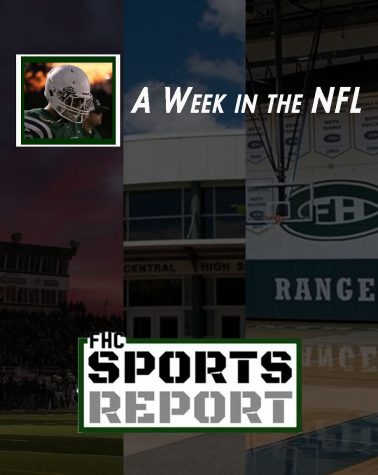Inside the Training Room – Concussions
Injuries will happen in sports. Some are avoidable and some are not, as discussed last week. In the end, those injuries will heal and go back to normal in most cases. However, there is one body part that cannot recover as easily: the brain. A concussion is defined as a traumatic brain injury caused by a blow to the head or sudden jolt to the upper body. With proper care and rest, many people who suffer concussions are able to fully recover. The main concern with concussions, though, is re-injury.
“Concussions are still a hot topic and are still very much ever changing,” Head Athletic Trainer JaNae Stewart says. Here at FHC, there are many protocols in place to ensure athletes’ safety in regards to concussion. Our athletic trainers adhere to a return-to-play process that has been adopted by the MHSAA. Any athlete suspected of having a concussion is immediately removed from play and examined. If it is found that they have a concussion, athletes are only allowed to return to play after they have been cleared by a healthcare professional.
The trainers have also put into place the Immediate Post-Concussion Assessment and Cognitive Testing (ImPACT). Prior to the season, athletes involved in sports with a high risk of head injury take this test. Then, if they are to get a concussion during the season, they take the test again. This allows for a comparison of where they were with a healthy brain and where they are with an injured one.
The trainers do everything they can to stay ahead of concussions and treat them effectively, but not all injuries happen on school grounds. It is important to know and be able to identify the symptoms of a concussion. Things including but not limited to not thinking clearly, trouble concentrating, headache, dizziness, sensitivity to light or noise, easily upset or angered, and sleeping more or less than usual are common symptoms. It is also important to note that symptoms may not be obvious or show up right away.
Once an athlete has had a concussion, they are more susceptible to have another one. This is obviously extremely dangerous and concerning to everyone involved. If you see an athlete take a blow to the head or upper body, be sure to monitor them closely and get them checked out by a medical professional, even if no symptoms are prevalent.

Molly is writing for the FHC Sports Report for her second year, and she has taken over the Sports Editor in Chief role. She is excited to be part of another...

















